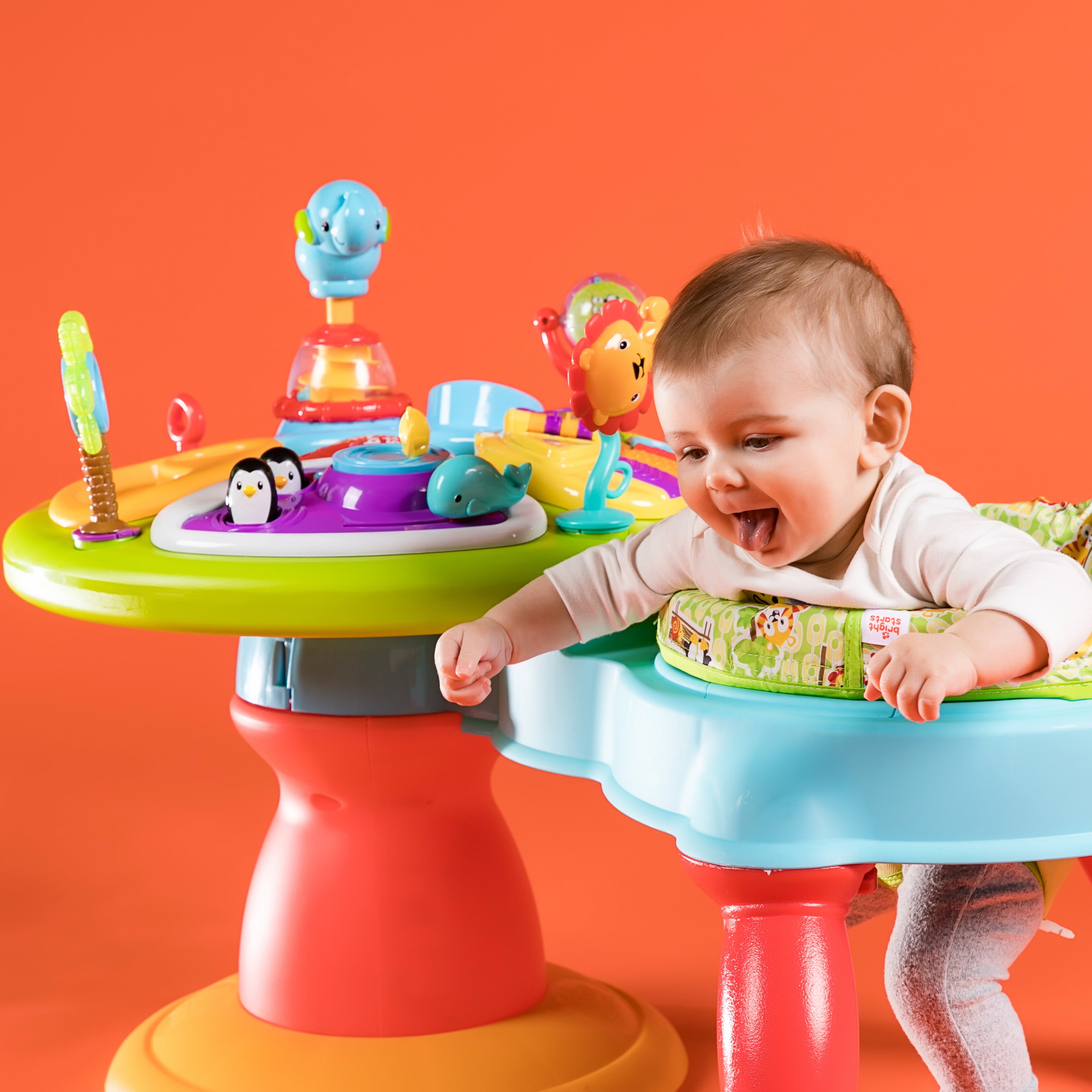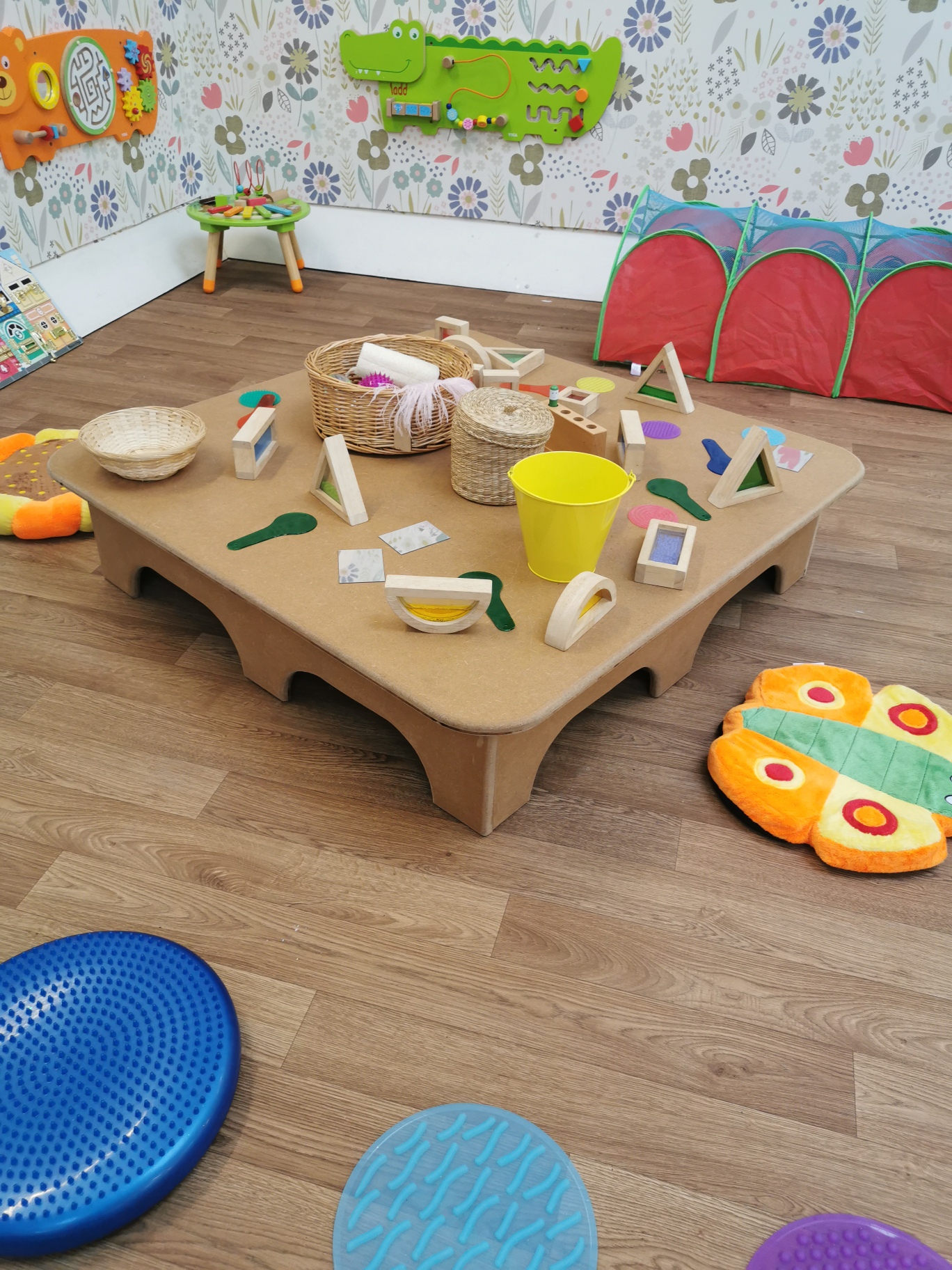
Past Perfect- Use the past perfect to indicate an action completed before a particular time or before another action in the past.

Structure- Subject+auxiliary verb + being+ past participle + by +object Passive- The video games were being played by me. Past Continuous- Use the past progressive to indicate an ongoing action in the past or an action continuing through a specific past time. Structure- Subject+be+ past participle+by+ object Passive- You were invited by me to the party. Past Tense- Use the simple past to indicate a general or habitual action occurring in the past or at a specific time in the past. Structure- Subject + has/have been + past participle + by + object Present Perfect- Use the present perfect to describe an action occurring in the past but relevant to the present or extending to the present. Structure- Subject + auxiliary verb + being + by + object Passive- The breakfast is being eaten by me. Present Continuous- Use the present progressive to describe an ongoing activity or a temporary action. Structure- Subject + auxiliary verb + past participle of the main verb+ by + object. Present Tense- Use the simple present tense to make a generalisation, present a state of being, or indicate a habitual or repeated action. Let's look at a few examples to understand them more clearly: If the answer to the last question comes out to be ‘yes', then the sentence is in active voice, and if the answer is ‘no’, then the passive voice is used.Ĭhanges in the auxiliary word's tense: When the main verb's verb form changes, the auxiliary word's tense changes as well. Is the subject of the sentence performing the action/verb? What/who is the subject of the statement? To differentiate between active and passive voice, simply ask the following three questions: Passive- The building was engulfed in the fire. Some of these verbs are- known to, surprised by/at, vexed by, amazed by, contained in, annoyed with/at, tired of, filled with, decorated with, engulfed in. The certain verb takes fixed prepositions after them that replaces ‘by’. Passive voice: Kilograms is a measurement unit for weight. You just have to make a judgement call for that. If the notion you're attempting to express is obvious, you may sometimes drop the subject entirely from the passive voice. Generally ‘by’ is used before the object of the passive voice sentences. It is a thumb rule that passive voice phrases, as a rule, always use the third form of the verb, also known as the past participle form of the verb (example- eat, ate, eaten- eaten is the third form of a verb).Īuxiliary verb ‘be’ (am, is are, was, were) is added before the past participle according to the tense of the verb.

The subject of the verb in the active voice(they) becomes the object in the Passive voice sentences. Here are Certain Rules for Active and Passive Voice One thing to note here is that the exact meaning of the sentence does not change even if the structure differs. The auxiliary verb, such as "be, do, or have", expresses the verb's tense or mood. An auxiliary verb is usually used in conjunction with the main verb. There are two types of verbs employed now: The main and auxiliary verbs. You've probably noticed that when we transform from active to passive voice, the verb form changes. Object + verb +subject Some examples of Active and Passive Voice Passive voice expresses an action that is carried out on the subject of the sentence. The sentence construction would be helpful if the squirrel were the focus of our writing and not the dog.Īctive voice describes a sentence where the subject is the doer of an action. For example, "The squirrel was chased by the dog". There are times when passive voice is useful and called for. So, while passive voice sounds more elegant, it is better to use active voice if you want to get your point across effectively. The active voice has a stronger, clearer tone than the passive voice, which is more subtle and weak. Passive sentences describe what happens to the person or object that performs an action, whereas active sentences describe what happens to the person who does the activity. The components of both statements are the same, but the structure differs. The active sentence's subject becomes the passive sentence's object. The subject of the active voice example above is "he," the verb is "loves," and the object is "me." The subject of the passive voice phrase is "I," the verb is "am loved," and the object is "him." When the subject performs the action it is active voice and when the subject receives the action it is passive voice. Voice refers to the form of a verb that indicates when a subject acts or is the receiver of the action.

The active and passive voices are the two grammatical voices. Voice, mood, tense, person, and number are the five qualities of verbs in English grammar we're only concerned with voice here.


 0 kommentar(er)
0 kommentar(er)
